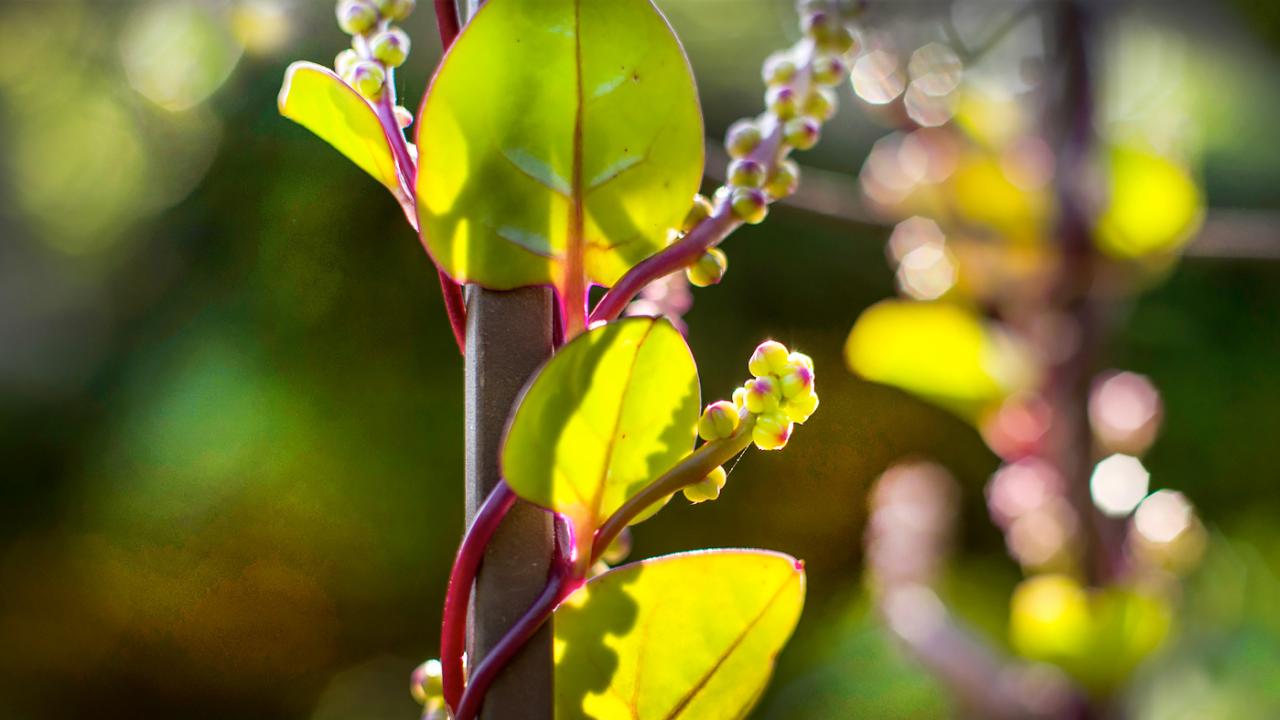

Plants &
Gardening
Garden Stories
So You Want to Buy Your First Houseplant
Soil has spilled all over my kitchen floor. It happened while I was dumping another withered plant—this time, a sad collard green—from its pot into the trash. The mess, and the funeral, is for a good cause though.
Six Starter Plants for the New Plant Parent
Armed with Wheatley’s advice, I push open the greenhouse door at my local plant center, and my glasses fog up. Water trickles into a nearby koi fish pond, and birds chirp softly in a cage. I unwrap my scarf. An employee spots me wiping my lenses and asks, “Do you need help?” My plant blindness is showing—literally.
The employee points me to an aisle of easy-to-care-for, relatively-indestructible, can’t-possibly-mess-this-up plants. People go about their work around me, tending to the shelves of anthuriums, cacti, and orchids. They seem to have a peaceful glow to them, and I wonder how long it’ll be until I’m gliding around my own apartment, watering my plants in a blissed-out state. Science says nature makes us happier, after all. It’s only a matter of time.
After assembling my plant gang, I ask Wheatley if there was anything else I should grab. Do I need pots? (No. You should only repot a plant after at least one year.) Do I need plant food? (Sure! General all-purpose fertilizers will do the trick. Just follow the instructions.) Seems easy enough. I grab my bag of plants, and turn to go.
“Wait!” An employee hands me another bag of wrapped plants. “You almost forgot half your kids.”








